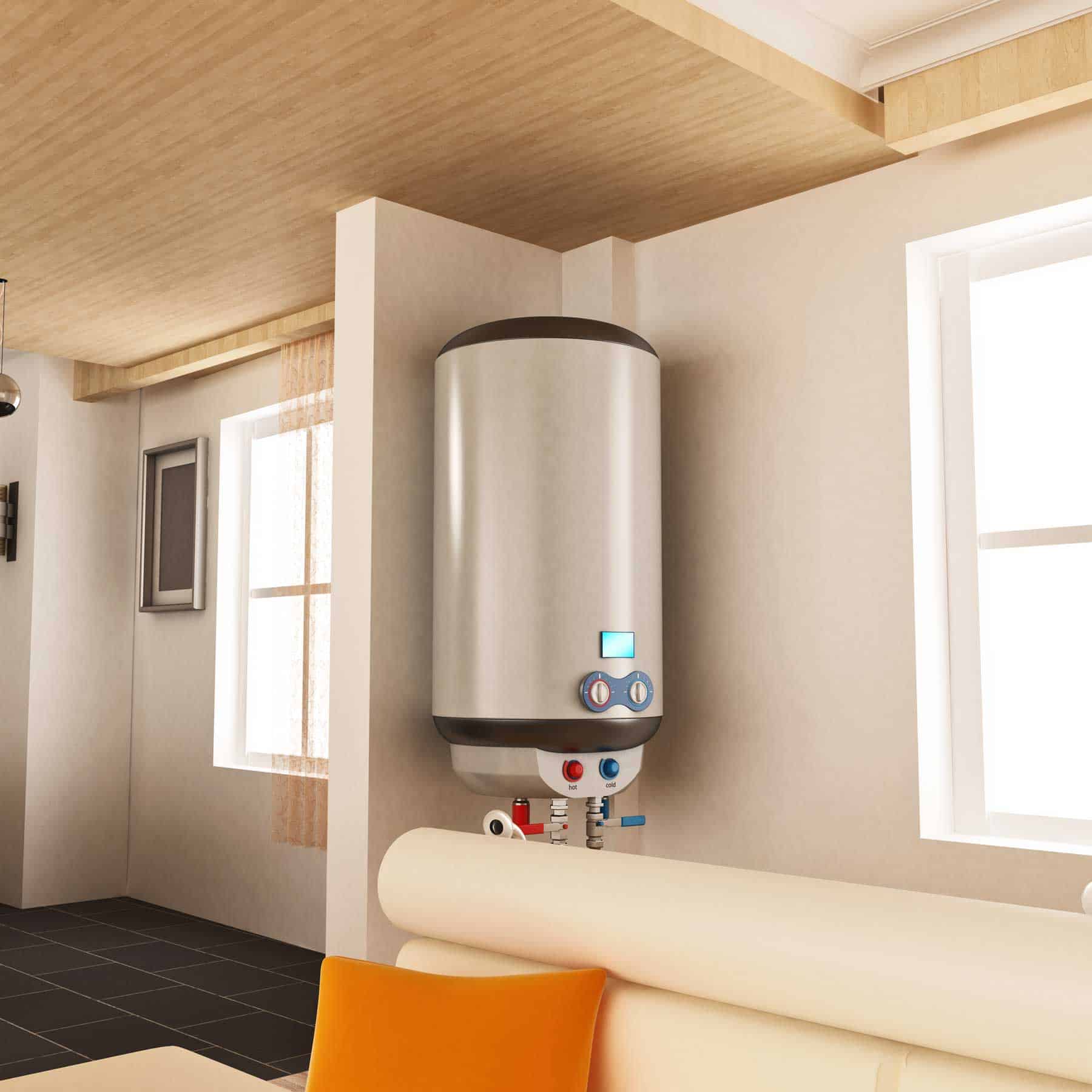Caring for Your Home's Hot Water System: Important Tips
Caring for Your Home's Hot Water System: Important Tips
Blog Article
Are you looking for advice involving Tips on Maintaining a Water Heater?

Hot water is important for daily convenience, whether it's for a rejuvenating shower or washing dishes. To guarantee your warm water system runs successfully and lasts much longer, normal upkeep is vital. This write-up provides sensible ideas and insights on just how to preserve your home's hot water system to avoid disturbances and pricey repair services.
Introduction
Maintaining your home's warm water system may seem daunting, however with a few easy actions, you can ensure it operates efficiently for several years to come. This overview covers every little thing from recognizing your warm water system to do it yourself upkeep pointers and recognizing when to call in specialist help.
Value of Keeping Your Warm Water System
Regular maintenance not only extends the life expectancy of your warm water system yet additionally guarantees it operates successfully. Neglecting maintenance can cause decreased effectiveness, greater energy expenses, and also premature failure of the system.
Indicators Your Hot Water System Demands Maintenance
Knowing when your hot water system requires attention can protect against major problems. Keep an eye out for signs such as irregular water temperature, odd sounds from the heater, or corroded water.
Understanding Your Hot Water System
Prior to diving into upkeep jobs, it's useful to recognize the basic components of your warm water system. Usually, this consists of the water heater itself, pipes, anode poles, and temperature level controls.
Monthly Maintenance Tasks
Routine regular monthly checks can assist capture minor issues prior to they rise.
Flushing the Hot Water Heater
Purging your hot water heater gets rid of debris build-up, improving efficiency and prolonging its life.
Monitoring and Changing Anode Rods
Anode poles protect against deterioration inside the container. Examining and replacing them when worn out is important.
Checking and Changing Temperature Settings
Adjusting the temperature settings ensures optimal performance and safety.
DIY Tips for Upkeep
You can execute numerous upkeep tasks on your own to keep your hot water system in top problem.
Looking for Leakages
On a regular basis check pipelines and links for leaks, as these can lead to water damages and higher costs.
Evaluating Stress Alleviation Valves
Examining the pressure safety valve guarantees it operates correctly and protects against too much stress accumulation.
Insulating Pipes
Protecting hot water pipes lowers heat loss and can conserve power.
When to Call an Expert
While do it yourself maintenance is beneficial, some problems require specialist experience.
Complex Issues Calling For Expert Help
Instances consist of major leakages, electric issues, or if your water heater is consistently underperforming.
Regular Expert Upkeep Perks
Professional maintenance can consist of detailed assessments, tune-ups, and guaranteeing conformity with security standards.
Verdict
Normal maintenance of your home's warm water system is vital for efficiency, durability, and cost financial savings. By following these suggestions and recognizing when to seek expert aid, you can make sure a dependable supply of warm water without unexpected disruptions.
How to Maintain an Instant Hot Water Heater
Before tinkering with your hot water heater, make sure that it’s not powered on. You also have to turn off the main circuit breaker and shut off the main gas line to prevent accidents. Also turn off the water valves connected to your unit to prevent water from flowing into and out of the appliance. 2. When you’re done, you have to detach the purge valves’ caps. These look like the letter “T†and are situated on either side of the water valves. Doing so will release any pressure that has accumulated inside the valves while at the same time avoid hot water from shooting out and burning your skin. 3. When the purge valves’ caps are removed, you have to connect your hosing lines to the valves. Your unit should have come with three hoses but if it didn’t, you can purchase these things from any hardware or home repair shops. You can also get them from retail stores that sell water heating systems. Read the user’s manual and follow it to complete this task properly. When the hosing lines are connected, open the purge port’s valves. 4. You should never use harsh chemical cleaners or solutions when cleaning your unit. Make use of white vinegar instead. It should be undiluted and you’ll probably use about 2 gallons. 5. Now flush your water heater. This task should probably take about 40 minutes. We can’t give you specific directions for this because the procedure is carried out depending on the type, model and brand of your heater. With that being said, refer to the user’s manual. 6. When you’re done draining the unit, you have to turn off the purge port valves again. Remove the hosing lines that you earlier installed on each of the water valves. Put the valve caps (purge port) back in their respective places and be very careful so as not to damage the rubber discs that are found inside these caps. 7. Now that everything’s back in place, check your user’s manual again to find out how to reactivate your water heating system. 8. Once it is working, turn one of your hot water faucets on just to let air pass through the heater’s water supply pipes. Leave the tap on until water flows smoothly out of it. https://www.orrplumbing.com/blog/2014/september/how-to-maintain-an-instant-hot-water-heater/

Do you like reading up on Tips on Maintaining a Water Heater? Give feedback below. We'd be glad to hear your insights about this content. We are looking forward that you visit us again in the near future. For those who enjoyed our article if you please consider to share it. Thanks a bunch for your time. Revisit us soon.
Contact Us Report this page